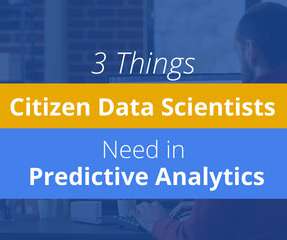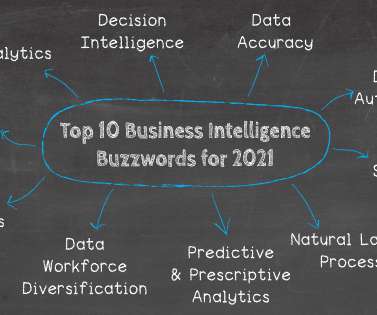Skilled IT pay defined by volatility, security, and AI
CIO Business Intelligence
OCTOBER 4, 2023
Certified Information Systems Auditor (CISA); PMI Program, Portfolio, and Risk Management Professionals (PgMP, PfMP and PMI-RMP); Six Sigma Black Belt and Master Black Belt; Certified in Governance, Risk, and Compliance (ISC2); and Certified in Risk and Information Systems Control (CRISC) also drew large premiums.























Let's personalize your content